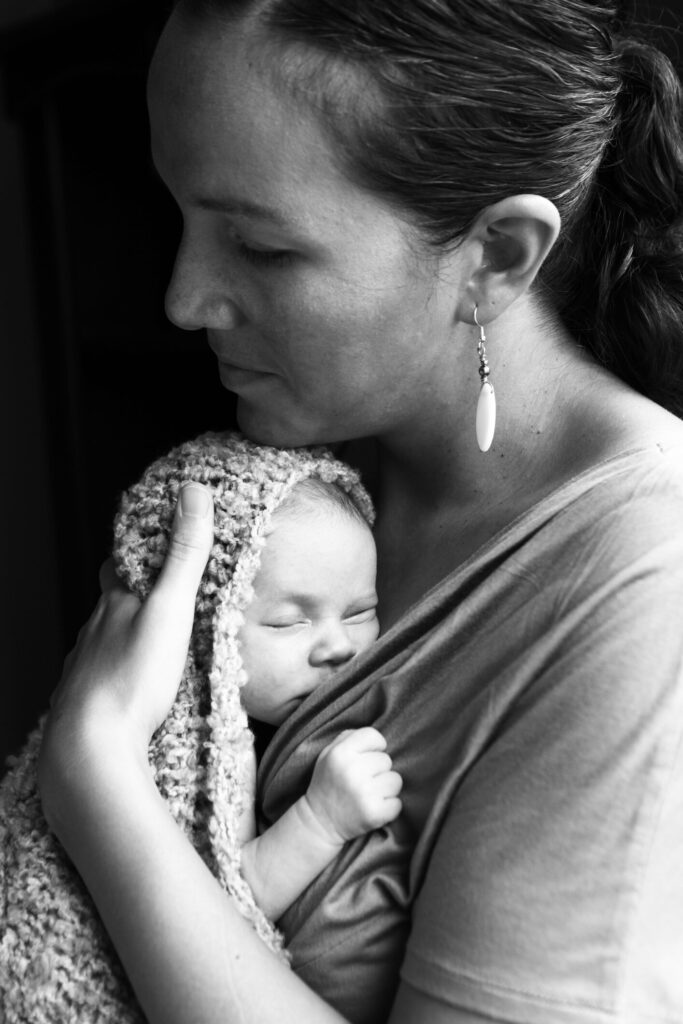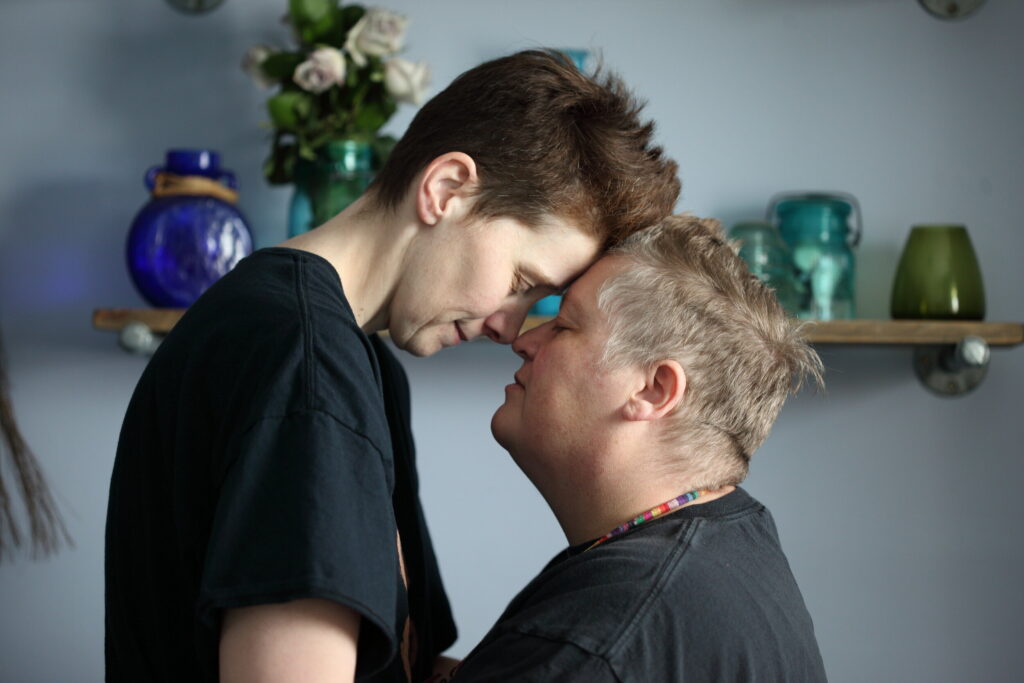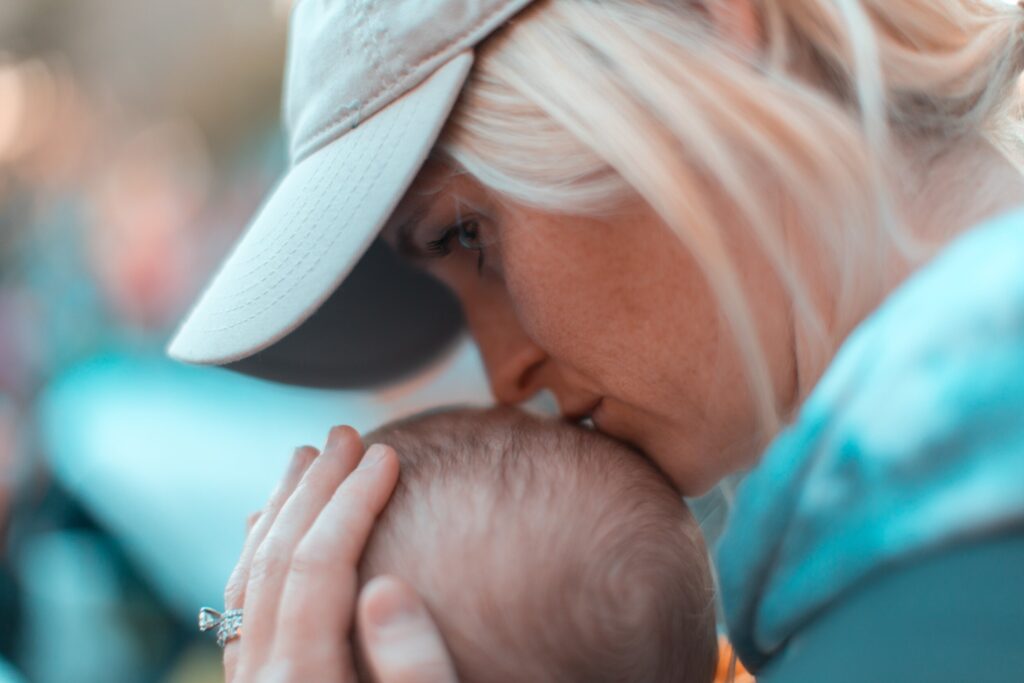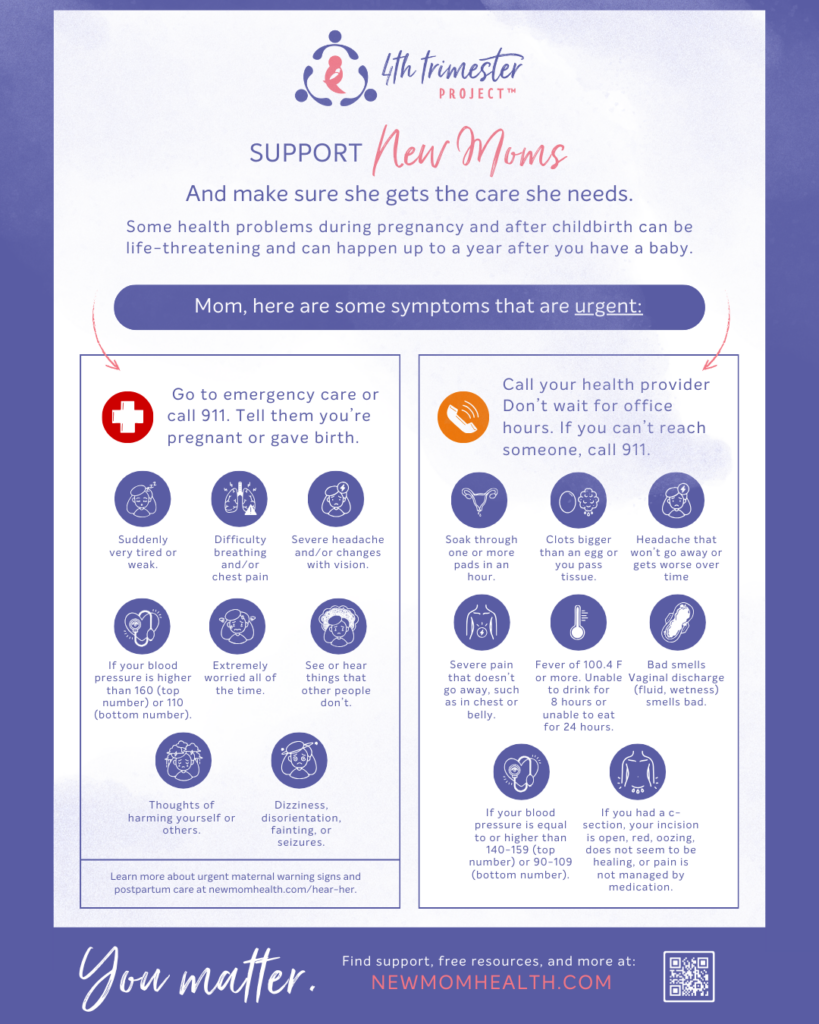
For people who identify as transgender or gender non-binary (TGNB) , giving birth brings many of the same emotional changes that cisgender women experience. Your baby is no longer inside you. This may feel happy, or a little sad. Some worries may have gone away, but now new ones are there, as you learn to care for the baby that you love so much and think about the future for yourself and your family. Often sleep is limited in the early weeks as well, which can make emotions feel more intense, and can make feelings of blues worse. The physical changes of birth and the demands of feeding a baby affect your physical ability to get things done in your world, which sometimes feels hard.
Depending on a person’s individual circumstances and the support of their community, the experience of being TGNB and pregnant or post-birth can feel lonely or empowering and validating. If they grew up always wanting to be a Dad, sometimes trans masculine people finally feel like they’ve landed where they were always meant to be. TGNB folx experience a range of feelings, and they can change from day to day, minute to minute.
A lot of people find that connecting with other trans and non-binary people and their families is very helpful before, during and after pregnancy. Depending on where you live, there may be in-person or other online LGBT family groups and queer/trans-friendly support groups or listserves that can provide a supportive place to share your experience. A good social media resource is the Facebook group, Birthing and Breast or Chestfeeding Trans People and Allies.
The most important thing is to reach out to your family support, healthcare provider and/or your therapist if you feel that your symptoms of worry and blues are getting worse or not improving after about 2 weeks post-birth. If you find yourself having a lot of anxiety or depression that feels like it’s interrupting your activities and causing you not to enjoy moments with your baby, it’s time to reach out for help.
Navigating body changes
Having been through pregnancy, a newly post-birth TGNB person has already navigated significant physical changes. Their body changed shape considerably as they did the work of growing a baby. These changes may have been exciting and welcomed as a unique part of their body’s capability as a transgender person, for others, they may have brought negative feelings or even a return to dysphoria. After baby is born, TGNB people go through still more body changes. It is normal to feel ambivalent about these physical changes.
The things that change:
Bottom
After having a baby you will have bleeding from your front bottom/vagina. You will also have soreness from delivery and from healing stitches. This may bring discomfort for a few days or weeks. Wearing pads used for menstruation may not feel comfortable for transmasculine or non-binary people for a variety of reasons. Incontinence briefs often work well instead. Another option is mesh underwear or your own underwear with rectangular “booster pads” that can be ordered online and also have more gender-neutral packaging. One thing to remember, it’s important not to use tampons or internal cups for bleeding after having a baby. Soaking in the tub, and using a squirt bottle when you pee or doing a sitz bath a few times a day are all helpful for discomfort, as are over-the-counter medicines like ibuprofen or Tylenol if your healthcare provider says these are safe for you. (Check out the tips offered on this website about caring for bottoms after birth) .
Hormones, Hair and Body Contours
If a TGNB person took time off testosterone to conceive and grow a baby, they may have noticed changes in mood, beard growth, and body fat distribution after discontinuing it. For many transmasculine people, once voice changes and facial hair growth have occurred, they don’t change much during and after pregnancy. Regardless, many TGNB people are eager to return to gender-affirming testosterone therapy as soon as possible after having a baby. For others, testosterone may seem like less of a priority during the first few weeks and months after birth. All of these perspectives are normal.
Deciding about going back on Testosterone
Talk with your healthcare provider about your plans to return to or start gender-affirming hormone therapy after your baby is born, especially with regard to how you are feeding your baby, and your plans to prevent pregnancy, if this is a consideration in your family/intimate relationships.
Testosterone and Human Milk
Testosterone is believed not to be transferred much in human milk, however, we don’t have much research about this, and the studies we have are very old. One study showed that oral testosterone therapy reduced milk supply in breastfeeding women. We don’t have any information about testosterone at the dose given for gender affirmation therapy. For these reasons, it is generally recommended not to take T while feeding a baby your milk, however, this is an individual decision, best made with your health care provider and your baby’s provider.
Here is a resource about Testosterone and human milk.
Testosterone and preventing pregnancy
It is also important to use some form of contraception when you take T, if you are in a relationship in which you might be able to become pregnant. Testosterone itself isn’t a good form of birth control, and it may cause fetal harm if conception/pregnancy occur while someone is taking Testosterone. Transmasculine people who need contraception can use IUDs, condoms or progestin-only oral contraceptives without interfering with T.
Chest changes
During pregnancy and the weeks and months following birth, changes to the chest can be significant for transmasculine people. The changes can be hard, particularly if a person is used to binding, and finds they can’t bind comfortably after birth. Sometimes even if they’ve had top surgery prior to pregnancy, some regrowth of tissue may occur during pregnancy. This can cause changes to the masculine contours of the chest. These changes can feel very frustrating for some; for others, it’s not unwelcome. They may see it as an indication their body is getting ready to be able to make milk for the baby. The range of feelings that transgender people have about their chest changes after birth is normal.
Binding
In the first week after having a baby, milk is formed in the ductal tissue in the chest/breasts. This can be very sore or painful. Binding the chest can increase a person’s risk for plugged milk ducts and mastitis (infection), and it may decrease or stop milk production eventually if the wearer is not pumping or chestfeeding regularly.
If you want to get back to your masculine chest contour or reduce/stop milk production, it’s best to use a high-quality binder, and to use it cautiously. If you want to continue making milk, consider waiting to bind until your milk supply is fully established, after 6-12 weeks. Make sure binder is not causing pain, and make sure there are no signs of infection. Take off your binder several times a day to examine your chest and make sure you don’t have redness or pain.
A binder you used before pregnancy or chestfeeding may prove too uncomfortable or difficult to take on and off after having a baby. Try one with a zipper in middle, or a strapless binder, if you need easier access to your chest. Many options are available.
Deciding about Feeding
Just as there is no single way to be transgender, there are many approaches to being a parent after having a baby. Regardless of parenting beliefs and strategies, all parents share a desire to make sure their babies are well-fed.
There are many good options and possibilities for feeding a baby as a transgender person. Some TGNB people are eager to feed their own milk to their babies at their chests, others prefer to have their partner or someone else feed the baby at their breast/chest. Some will pump milk from their top/chest and feed baby their milk via bottle. Still others decide to feed their babies formula. The best way to feed a baby is the way that helps a person meet their goals for being a healthy and whole person and that helps their baby get enough nourishment to support their growth. It’s important to consider
- How are you feeling about the body changes that come with lactation?
- Is feeding your baby your milk an experience you want to have?
- How are you feeling about returning to testosterone? (Testosterone is generally not recommended if you’re feeding your baby your milk)
Some transgender people don’t want to chestfeed, as it may trigger unwelcome body/ gender associations and dysphoria. Feeding donor milk or formula are both healthy choices for babies when chestfeeding is not possible or desired.
Other trans folks are happy to have the experience of feeding their babies at their chests. TGNB chestfeeding parents need the same support that cisgender women need with breastfeeding to help it be successful in their unique circumstances. This may include assistance with learning to use an at-chest supplementer, if they’ve had top surgery before pregnancy.
- La Leche League has information and support groups for human milk feeding that have historically served primarily cisgender women, but thanks to the leadership of pioneering trans members, TGNB people often find affirmation and support for chestfeeding through La Leche League. Some transgender embers have even become LLL leaders. https://www.llli.org/breastfeeding-info/transgender-non-binary-parents/
- Read about a transgender dad’s experience of using an at-chest supplementer to feed his baby: http://www.milkjunkies.net/2012/10/using-at-chest-supplementer.html?fref=gc
- Here are some additional resources about transgender people and the decision to chest-feed (or not!) https://kellymom.com/bf/got-milk/transgender-parents-chestbreastfeeding/
